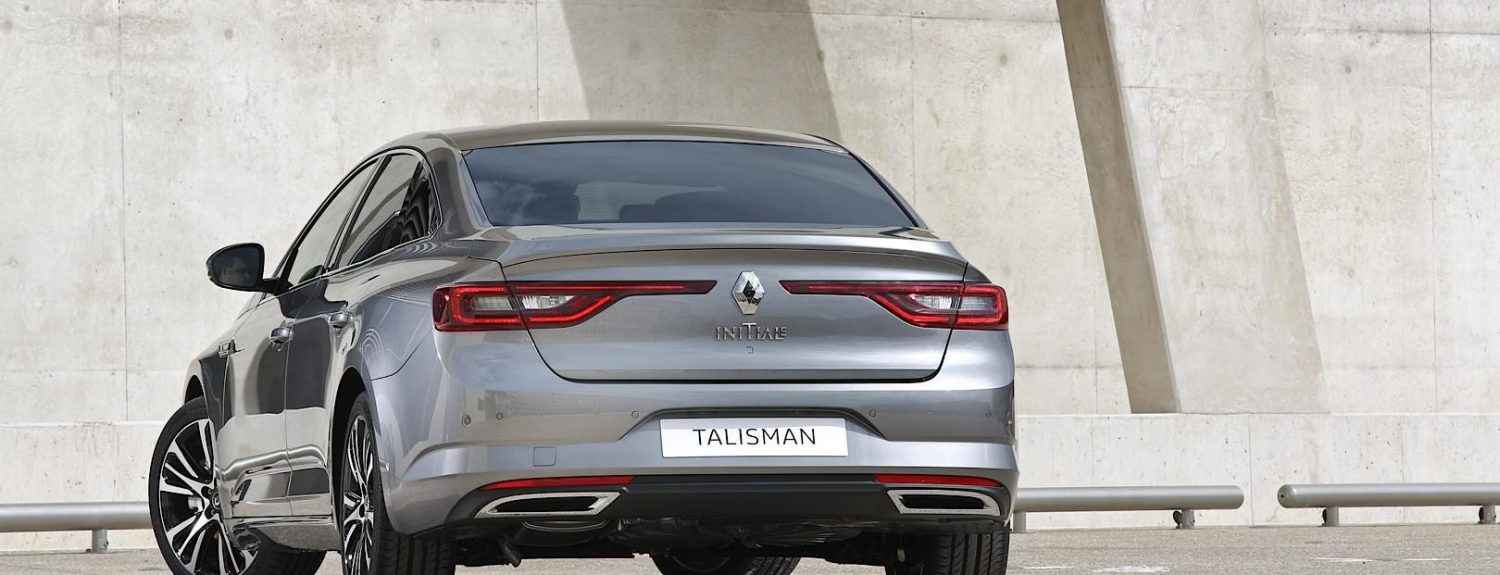car news australia
Solar car
Solar car
A solar car is a solar vehicle used for land transport.
Solar cars only run on solar power from the sun. To keep the car running slickly, the driver must monitor numerous gauges to spot possible problems. Cars without gauges almost always feature wireless telemetry, which permits the driver’s team to monitor the car’s energy consumption, solar energy capture and other parameters and thereby freeing the driver to concentrate on driving.
Solar cars combine technology typically used in the aerospace, bicycle, alternative energy and automotive industries. The design of a solar vehicle is severely limited by the amount of energy input into the car. Most solar cars have been built for the purpose of solar car races. Some solar cars are designed also for public use List of prototype solar-powered cars
Solar cars depend on a solar array that uses photovoltaic cells (PV cells) to convert sunlight into tens unit. Unlike solar thermal energy which converts solar energy to warmth for either household purposes, industrial purposes or to be converted to electric current, PV cells directly convert sunlight into electrical play. [1] When sunlight (photons) strike PV cells, they excite electrons and permit them to flow, creating an electrical current. PV cells are made of semiconductor materials such as silicon and alloys of indium, gallium and nitrogen. Crystalline silicon is the most common material used and has an efficiency rate of 15-20%. The very first solar family car was built in 2013. [Two] Researchers at Case Western Reserve University, have also developed a better solar car which can recharge more quickly, due to better materials used in the solar panels. [Three]
Chinese solar panel manufacturer Hanergy plans to build and sell solar cars tooled with lithium-ion batteries to consumers in China. [Four] [Five] Hanergy says that five to six hours of sunlight should permit the cars’ thin-film solar cells to generate inbetween 8-10 kWh of power a day, permitting the car to travel about eighty km (50 mi) on solar power alone. [6] Maximum range is about three hundred fifty km (217 mi).
Contents
The solar array consists of hundreds of photovoltaic solar cells converting sunlight into violet wand. In order to construct an array, PV cells are placed together to form modules which are placed together to form an array. [7] The larger arrays in use can produce over two kilowatts (Two.6 hp).
The solar array can be mounted in six ways:
- horizontal. This most common arrangement gives most overall power during most of the day in low latitudes or higher latitude summers and offers little interaction with the wind. Horizontal arrays can be integrated or be in the form of a free canopy.
- vertical. This arrangement is sometimes found in free standing or integrated sails to corset wind energy. [8] Useful solar power is limited to mornings, evenings, or winters and when the vehicle is pointing in the right direction.
- adjustable. Free solar arrays can often be tilted around the axis of travel in order to increase power when the sun is low and well to the side. An alternative is to tilt the entire vehicle when parked. Two-axis adjustment is only found on marine vehicles, where the aerodynamic resistance is of less importance than with road vehicles.
- integrated. Some vehicles cover every available surface with solar cells. Some of the cells will be at an optimal angle whereas others will be shaded.
- trailer. Solar trailers are especially useful for retrofitting existing vehicles with little stability, e.g. bicycles. Some trailers also include the batteries and others also the drive motor.
- remote. By mounting the solar array at a stationary location instead of the vehicle, power can be maximised and resistance minimized. The virtual grid-connection however involves more electrical losses than with true solar vehicles and the battery must be larger.
The choice of solar array geometry involves an optimization inbetween power output, aerodynamic resistance and vehicle mass, as well as practical considerations. For example, a free horizontal canopy gives 2-3 times the surface area of a vehicle with integrated cells but offers better cooling of the cells and shading of the riders. There are also lean supple solar arrays in development.
Solar arrays on solar cars are mounted and encapsulated very differently from stationary solar arrays. Solar arrays on solar cars are usually mounted using industrial grade double-sided adhesive gauze right onto the car’s assets. The arrays are encapsulated using lean layers of Tedlar.
Some solar cars use gallium arsenide solar cells, with efficiencies around thirty percent. Other solar cars use silicon solar cells, with efficiencies around twenty percent. [ citation needed ]
The battery pack in a typical solar car is sufficient to permit the car to go two hundred fifty miles (400 km) without sun, and permit the car to continuously travel at speeds of sixty mph (97 km/h).
The motors used in solar cars typically about two or three horsepower, [9] yet experimental light solar cars may attain the same speed as a typical family car (100 mph (160 km/h)). [Ten]
